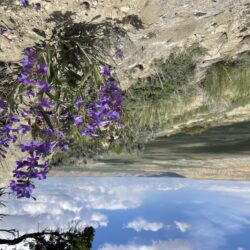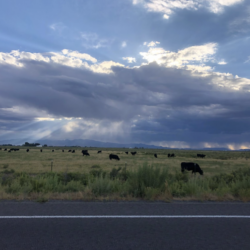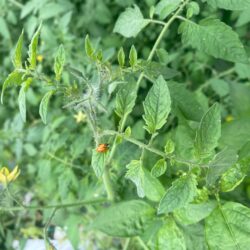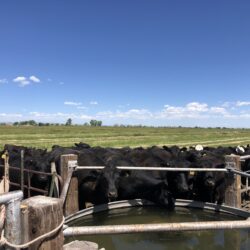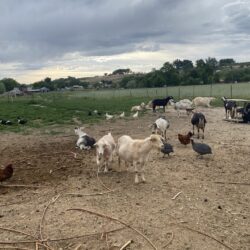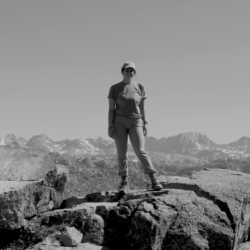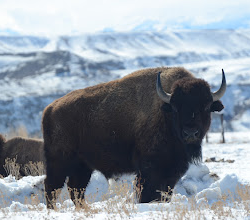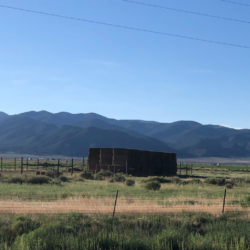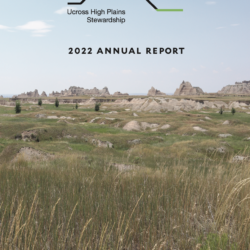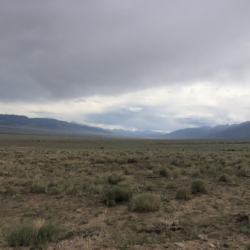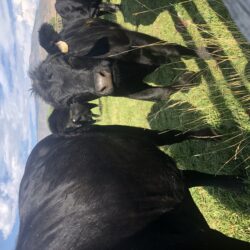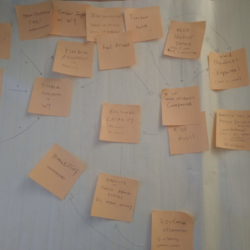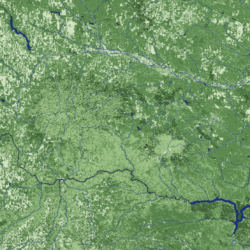Keeping Track of Ungulate Trails— Jeremy D. Pustilnik
At the end of the 20th century, scientists dissolved Ungulata. “Ungulata” was not a brand of dish soap or a chemical, rather, it was a taxonomic grouping that described “hoofed mammals.” Molecular evidence showed that elephants were only distantly related, and that whales were actually very closely related, to such animals as horses and cattle Read more about Keeping Track of Ungulate Trails— Jeremy D. Pustilnik[…]


